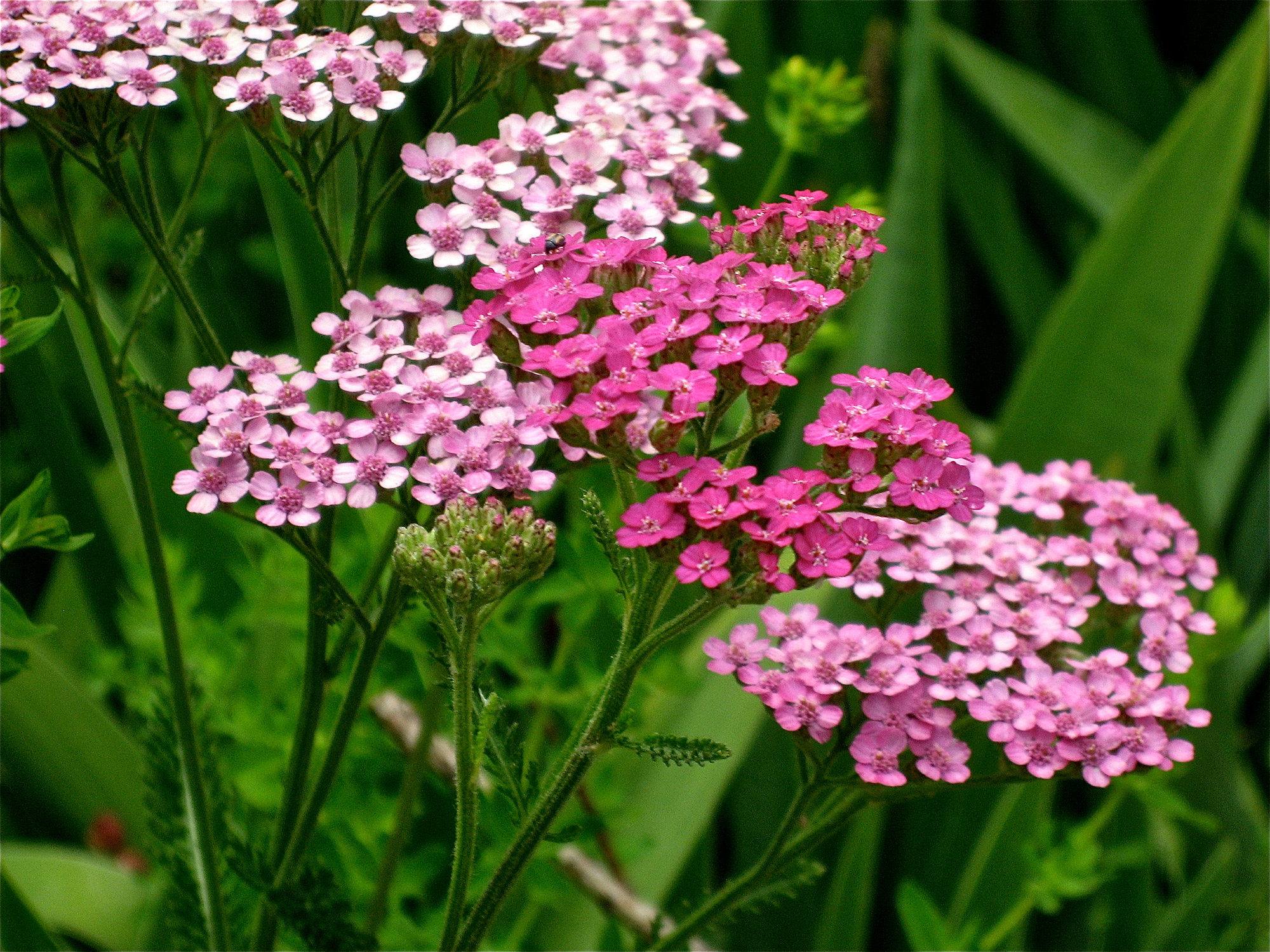I commend those of you who have taken our drought seriously and changed the way you garden. Judging from my conversations here at the nursery, many of you have implemented new strategies for reducing overall water consumption while keeping your most valued garden components alive and well. Most of you have become more frugal and more efficient. For some this has meant tolerating fewer baths, dirtier cars, and browner lawns. Others have devised systems to recycle using grey water, or installed automated weather-based irrigation systems.
Of course from the plant’s perspective, how and when we water is even more important than how much we apply. And this brings me to the subject of this article. In case you haven’t heard, we are currently in a strong El Niño weather pattern. What this means for us once our fall storm doors open is anyone’s guess, but we will most likely get locally heavy rainfall in parts of California. Which parts? How much? At what rate? I don’t pretend to know. But there are some things you can do now to prepare your garden.
It goes without saying that soil which is covered by living plants absorbs and holds water better than bare, exposed soil without roots to bind its structure. Knowing this, we can get plants or seeds established before the heaviest rains hit in order to minimize erosion and retain moisture in the topsoil. These early fall months should be ideal for planting both CA Natives and cover crop seeds, just so long as the hot, drying northeast winds don’t become an issue for us in the Bay Area.
Some excellent choices for erosion control are grasses such as Wild Rye, Meadow Barley, and California Brome. We sell seeds of this trio, called Golden State Native Mix, prepackaged in ½ lb. bags (1000 sq. ft. coverage). If you want to add some color, consider using our “Mostly Perennial” CA Wildflower Mix (one oz. covers up to 500 sq. ft.). Beyond seeds, we have an extensive selection of West Coast Native plants for naturalizing and soil retention. Staff favorites include Yarrow (Achillea millefolium), CA Meadow Sedge (Carex pansa), Silver Carpet (Lessingia filaginifolia), Salvia sonomensis, and Blue Eyed Grass (Sisyrinchium bellum). All of these are drought tolerant once established but will need supplemental water until rains arrive.
We hope and pray that the first storms of the season bring us light, gentle rain to help with germination while minimizing puddling and runoff. After that we say “bring it on!”
—Paul


